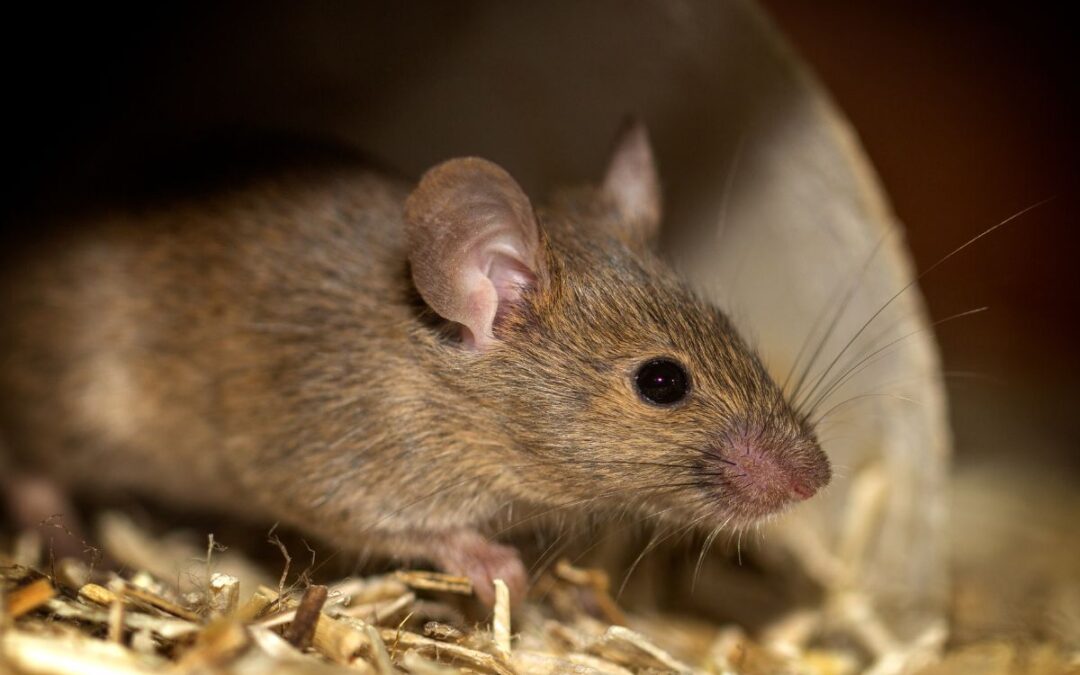By Avanti Deshpande, student at ILS Law College, Pune, India
In June 2020, a pregnant elephant died in Kerala, India after consuming a pineapple stuffed with firecrackers. This event caused massive outrage in the media and sparked a conversation about wildlife-human conflict. Upon investigation, it was found that the explosives-filled fruit was intended to ward off wild boars. As an explanation, this is perplexing, since it does not seem justifiable to allow this mechanism to be used on any animal.
The justification, at least by the authorities, exists in notifications issued by various state governments that designated wild boar, and other animals such as nilgai and rhesus monkeys, as ‘vermin’. A deeper analysis of this issue reflects an unfortunately myopic and unscientific approach adopted by the government that in the author’s view goes against ecological values.
The Wildlife Protection Act, 1972 (“the WPA”) is the principal legislation safeguarding the interests of wild animals in India, providing a legal framework for the protection and conservation of various species as well as the proper management of their habitat. Protections are dependent upon which schedule of the act an animal is covered by. Section 62 of the Act confers on the Central Government the power to declare an animal as ‘vermin’ by including it in Schedule V. Section 62 further enables the Central Government to issue a notification to cover a whole State or any number of districts in a State, effectively withdrawing certain protection afforded to the animal prior to inclusion in Schedule V of the WPA.
Notably, the inclusion of a certain species of wild animals in Schedule V cannot be construed to be a license to hunt such animals freely; rather, it withdraws the protection accorded to animals listed in Schedule I-IV of the WPA. But, the manifestation of these notifications has often resulted in indiscriminate culling of animals, providing hunters an opportunity to step in. These methods of culling are often cruel, for example when a nilgai was buried alive in the state of Bihar.
The vermin notifications are essentially issued to control the problem of overpopulation of certain species, which mainly cause trouble to farmers by destroying crops. As a result, State governments approach the Central Government to declare these ‘problematic’ species to be vermin and issue the subsequent notifications. However, declaring certain species to be vermin to tackle the issue of overpopulation is an unscientific approach, going against the ethos of conservation. It also points to eventual extinction of such species. The Animal Welfare Board of India, a statutory body, has also raised concerns regarding these notifications and called them arbitrary, but did not challenge them in any real way.
Once an animal has been declared to be vermin, there is no regulation regarding the manner in which the animal is culled; this is largely left up to the villagers who often employ rudimentary devices such as traps, snares, and crude bombs – and are sometimes given monetary incentives. Such a haphazard approach has caused unnecessary deaths of many animals, including tigers and elephants, who were not the targeted species and who are in fact granted protection under the WPA. This is exactly what happened with the poor elephant in Kerala mentioned at the start.
The Supreme Court of India in the landmark decision of Animal Welfare Board of India v. A. Nagaraja & Ors. recognized that the fundamental Right to Life enshrined in Article 21 of the Indian Constitution is afforded to animals as well. Article 51A of the Constitution, which discusses the fundamental duties of citizens, states in Clause G that it is the duty of citizens “to protect and improve the natural environment including forests, lakes, rivers and wildlife, and to have compassion for living creatures”. Furthermore, under the Directive Principles of State Policy in Part IV of the Constitution, Article 48A provides that the State shall endeavor to protect and improve the environment and to safeguard the forests and wildlife of the country.
However, the brutal approach of freely naming animals as vermin and killing them with snares, traps, crude bombs, and poison is directly contradictory to several pieces of legislation on animal protection and ostensibly to India’s constitutional values. In July 2020, a Member of Parliament filed a writ petition before the Supreme Court of India where the Court expressed its concern and inquired about alternative means of warding off animals from farms.
The validity of Section 62 of the WPA itself has been questioned, as India’s constitutional framework intends for a harmonious relationship between human beings and animals. The power granted by Section 62 of the WPA to the Central Government is arbitrary, absolute, and unfettered, with no checks and balances. The absence of any protocol, procedure, or guideline during the process of declaring a wild animal to be vermin leads to arbitrary use and enforcement of the provision. Additionally, no mandate exists regarding the maintenance of proper records of the number of animals culled, the procedure for disposal of bodies, or any supervision to ensure that animals are culled humanely. The lack of investigation into state governments’ requests for Schedule V notifications points to unfettered power granted by Section 62.
This power also seems to be unnecessary: the authority to hunt a wild animal that has become dangerous to human life or property is already granted to the Chief Wildlife Warden in Section 11(b) of the WPA. This provision also ensures accountability as the order to hunt has to be given in writing and the reasons for issuing the order have to be stated clearly. Yet State governments continue approaching the Centre for issuance of vermin notifications. Furthermore, it is a settled principle of law that special legislation/provisions take precedence over general ones. As Section 11(b) specifically deals with the issue of damage to standing crops, it should prevail over Section 62. Unfortunately, when the validity of Section 62 of the WPA was challenged before the apex Court, the Court refused to stay the notifications issued by the Central government and did not express any opinion on the merits of the case.
The tragic death of the pregnant elephant in Kerala should serve as an incentive for the government to seriously consider the matter again. It is safe to say that there is no easy or quick way to resolve this issue, but indiscriminately culling animals is certainly not the answer.
Sources
The Wildlife Protection Act, 1972 Act No. 53 of 1972
Vishnu Verma, Kerala elephant death: Officials suspect pregnant pachyderm ate explosives meant to kill boars, The Indian Express, June 4, 2020, <https://indianexpress.com/article/india/kerala-elephant-death-probe-on-officials-suggest-pachyderm-ate-explosive-meant-to-kill-boars-6441176/>
Mridula Chari, As India debates relaxed culling norms, aspiring shikaris see an opportunity, Scroll.in, June 27, 2016, <https://scroll.in/article/810571/game-on-culling-notices-raise-the-hopes-of-hunting-enthusiasts-in-india>
Bihar: Nilgai buried alive during culling drive in Vaishali district, one person booked, Scroll.in, September 6, 2019, <https://scroll.in/latest/936453/bihar-nilgai-buried-alive-during-culling-drive-in-vaishali-district-one-person-booked#:~:text=The%20animal%20was%20shot%20by,%2C%E2%80%9D%20Shukla%20told%20the%20newspaper.>
Like Pakistan, Culling Could Make Nilgais Extinct in India Too, The Quint, June 17, 2016, < https://www.thequint.com/news/environment/like-pakistan-nilgai-could-get-extinct-in-india-too-with-culling#read-more>
Animal Welfare Board Terms Notifications on Vermin Arbitrary, Outlook Magazine, June 20, 2016, < https://www.outlookindia.com/newswire/story/animal-welfare-board-terms-notifications-on-vermins-arbitrary/944038>
Himachal Pradesh increases incentive for killing monkeys, Business Standard, October 29, 2016, < https://www.business-standard.com/article/pti-stories/himachal-pradesh-increases-incentive-for-killing-monkeys-116102900628_1.html
Animal Welfare Board of India v. A. Nagaraja (2014) 7 SCC 547
Article 51A, The Constitution of India
Article 48A, The Constitution of India
‘Looking At This Matter With Anxiety’: SC Mulls Over Alternative Solutions To Protect Crops Without Killing Wild Animals, Live Law, July 30, 2020, <https://www.livelaw.in/top-stories/looking-at-this-matter-with-anxiety-sc-mulls-over-alternative-solutions-to-protect-crops-without-killing-wild-animals-160747>
M.A. Rashid, SC Agrees to Examine the Constitutional Validity of S.62 of Wild Life Protection Act, 1972, Live Law, June 15, 2016, <https://www.livelaw.in/sc-agrees-examine-constitutional-validity-s-62-wild-life-protection-act-1972/>
Malavika Parthasarathy and Apoorva, Is It Constitutional to Declare Wild Animals to Be ‘Vermin’?, The Wire, August 14, 2020, <https://science.thewire.in/the-sciences/animals-vermin-section-62-wildlife-protection-constitutionality/>
Section 11(b), The Wildlife Protection Act, 1972 <https://indiankanoon.org/doc/1439181/>







